A few weeks ago, I traveled to Kingston and met up with Deanna Davies. After discussing a few business matters, we got talking about last month’s post on growth and profitability.
Previously, when talking about the ideas that led to that post, I’d noticed that this topic seemed to have a special significance for Deanna. I decided to ask her about it; our conversation led to the interview below.
To get the most out of this content be sure to review the principles of growth and profitability we covered last month.
* * *
LR: Out of all the business and leadership topics we’ve discussed, growth and profitability seem particularly important to you. Where does your passion for this topic come from?
DD: Early on in my career, I observed that business owners often struggled to pay themselves, and they often made less than their employees—if you looked at the hours they worked. So I began to look at why this was happening. I wanted to find out what these businesses needed to change.
LR: What did you find?
DD: Well, first, it needs to be said that owning a business involves risk and sometimes you need to put in hours that go above and beyond a regular job. But I also found that if long hours became the norm and the business owner was still struggling, it was because they needed to change the way they were doing things.
Through these changes, business owners can realize growth and profitability. They get rewarded for the risk they have taken. They create an asset that they can sell someday—if they wish. Ultimately, they’re creating a legacy.
LR: These changes you’re referring to, you mean figuring out how the principles of growth and profitability apply to your business and then putting them into action, right?
DD: Exactly.
LR: When you’ve met with unprofitable or negative-growth businesses in the past, what sorts of problems did you see?
DD: Let’s start with the realization that profit is simply the scoreboard that shows how well the business has done for the month or year.
As for the problems themselves, often the business owner is working in the business.
LR: As opposed to on the business, as you’ve said before?
DD: Yes. Exactly. May I continue?
LR: Please.
DD: What I mean is that the owner is doing the technical work. For example, the electrical business owner is also the electrician weaving the wires and installing the outlets. The owner feels that his employees can’t or won’t do as good a job as he can, so he keeps doing the work.
LR: Is this a classic over-management problem or is there more to it in this case?
DD: More like lack of management. Management is about establishing the systems and processes and then teaching your employees how to do the work so that you get predictable results.
LR: Interesting. What else did you see?
DD: Another common problem is that the business is directionless and/or the employees have no idea where the business is going or what is important. Things only work when everyone heads in the same direction. If you have people going every which way, you’ll get nowhere quickly.
I’ve also seen many cases where businesses take on any and all customers without regard to whether it is profitable work, or whether the customer will even pay, or might be difficult to work with.
Also, in many cases where no one is paying attention to the numbers, billings aren’t being done in a timely fashion, cash flow is poor, material bills can’t be paid, or the business owner is no longer taking a pay cheque.
LR: How where you able to help?
DD: When we get involved with a business, the first thing we do is a comprehensive diagnostic of the whole business, both the external and internal environment. From there, we work with the business owner to establish action plans to address the issues. Really, there’s four common areas that we often need to address.
First, the business has to establish a vision and then communicate it to all stakeholders, so it is clear to everyone where the business is going and what needs to be done to get there.
LR: There’s that all-important vision again, right?
DD: Yes. It really is the essential part.
The second thing we do is get the owner working on the business. They need to establish systems, policies, and procedures, so that employees know what is expected so that the business can get predictable results.
Then, we work to teach, train, and support the bookkeeping staff, so that we can have timely billing, collection of accounts receivable, improved cashflow and ultimately improved profitability. It is so important that results are measured so that corrective actions can be taken if needed.
LR: What’s number four?
DD: Determining the ideal customer and evaluating whether current customers fit with that.
LR: Makes sense. I see how the four principles play into that process of correction. It seems like there’s a lot to know when it comes to all of this. Maybe we could dig into that a little bit more.
* * *
Due to the length of the interview, this post has been divided into two parts. Check back next month to read the second half, where we will learn more about Deanna’s passion for this topic, how she developed her expertise, and some advice for business owners.
If you can’t wait, and you’d like to speak with a professional about improving your strategy for growth and profitability, contact Hall & Associates. Helping you is what they do.
